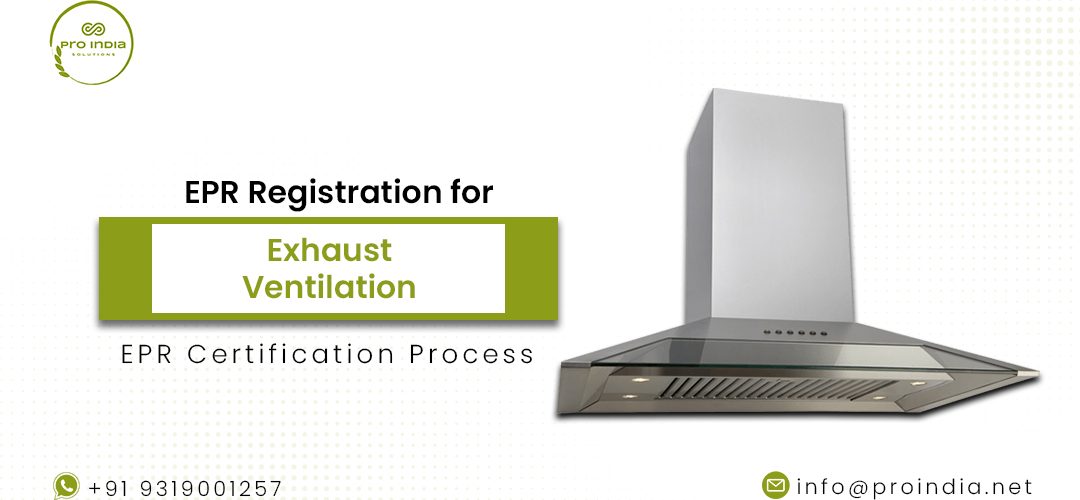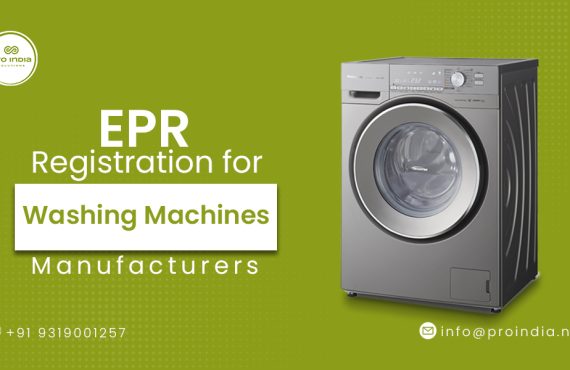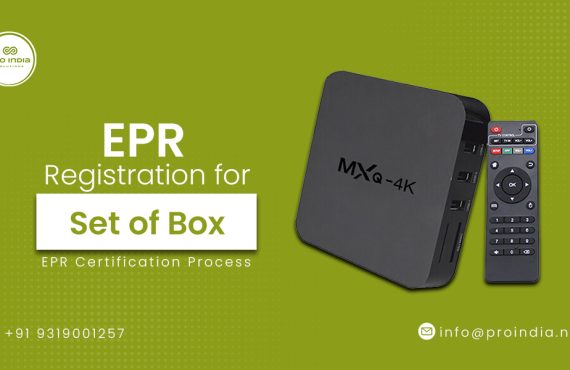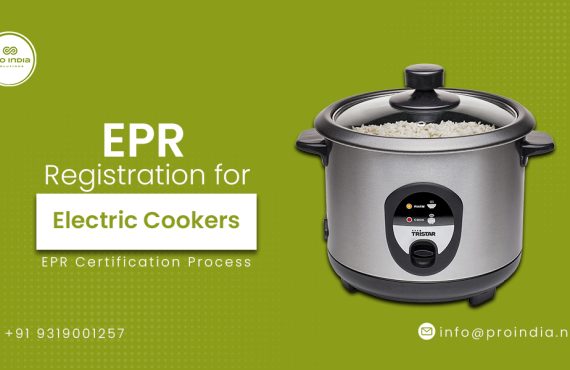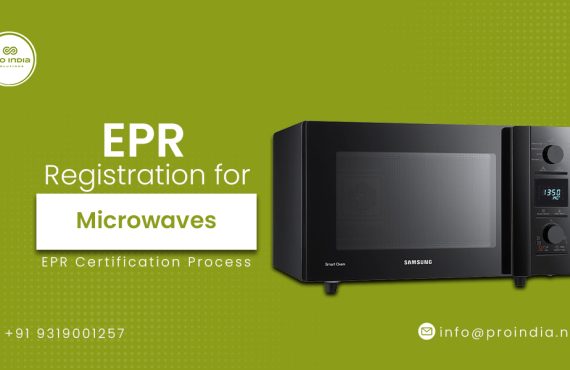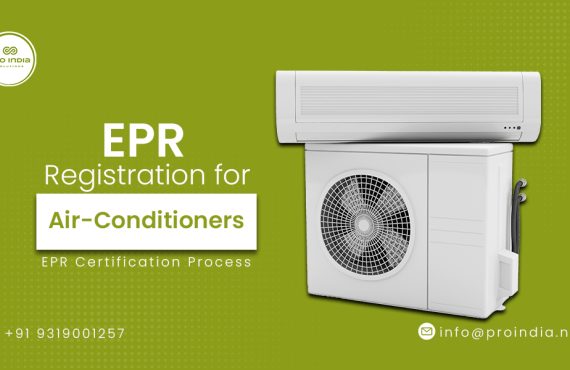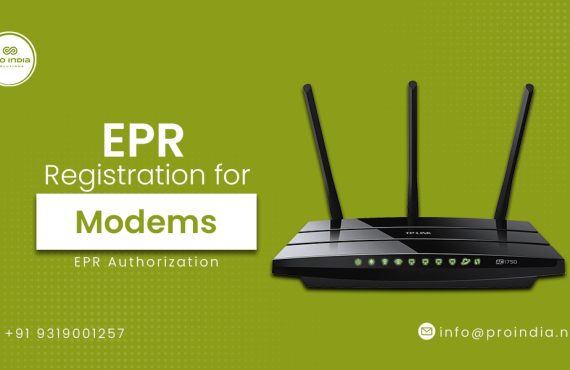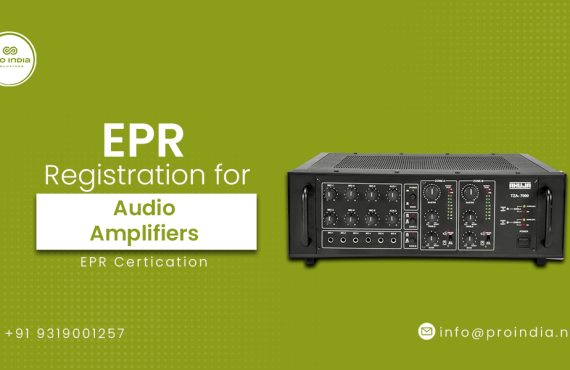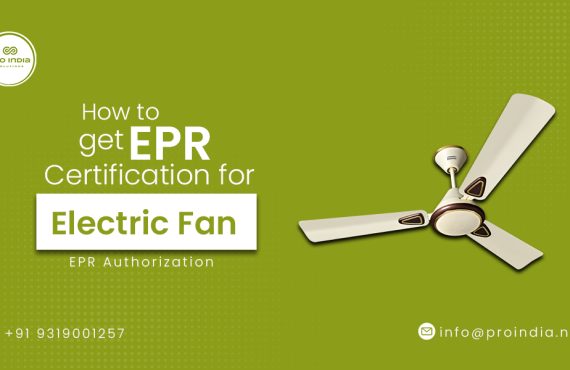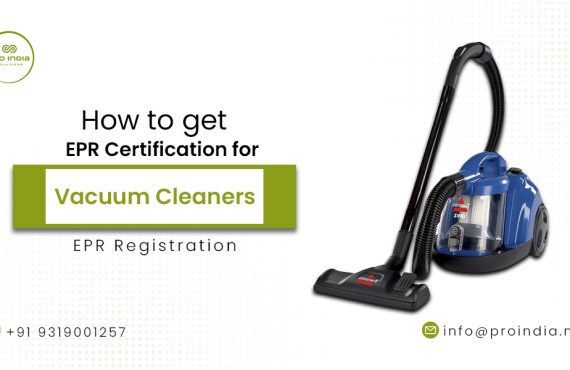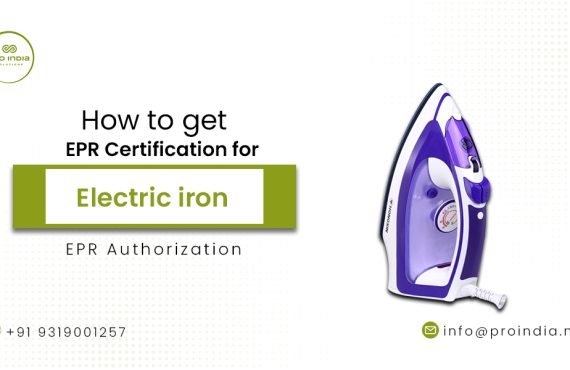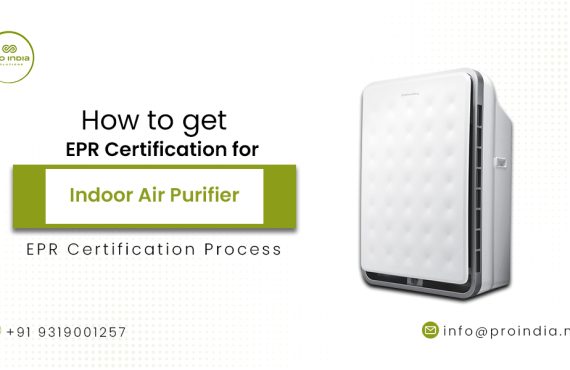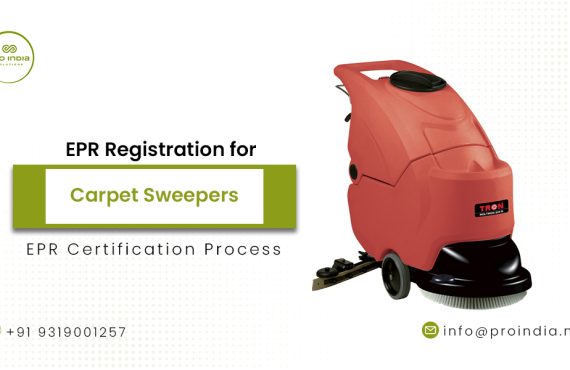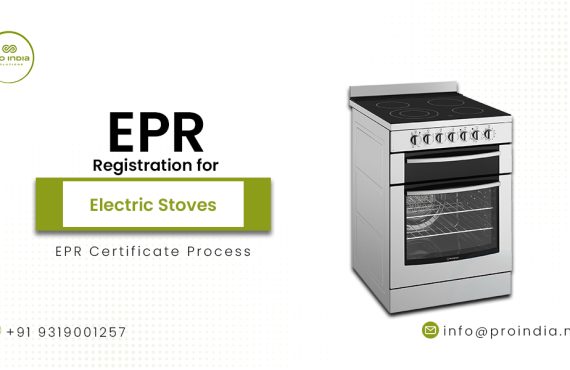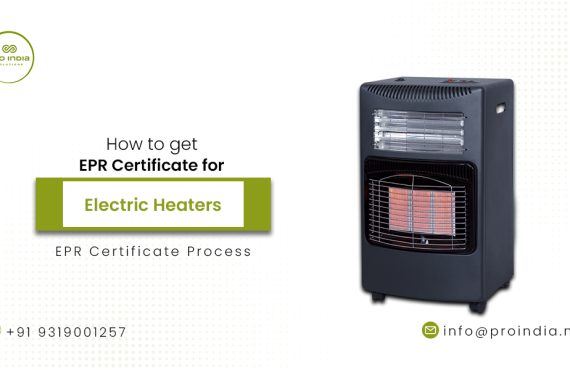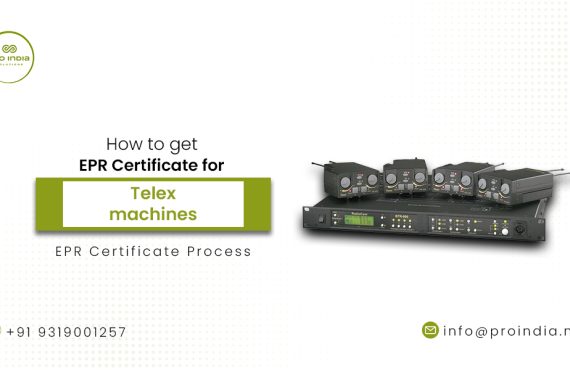Introduction:
The efficient operation of exhaust ventilation systems is essential for maintaining a safe and healthy working environment in the industrial landscape of today. However, putting in an exhaust ventilation system alone is insufficient. Understanding the need for EPR registration is crucial for ensuring top performance and regulatory compliance. The main justifications for EPR registration for exhaust ventilation systems are examined in this blog, along with its advantages and implications.
- Understanding EPR Registration: This section delves deeper into the concept of EPR Registration. You define it and explain its purpose, particularly in relation to exhaust ventilation systems. You highlight the significance of exhaust ventilation systems in protecting the environment.
- Benefits of EPR Registration for Exhaust Ventilation Systems: Here, you explore the advantages that come with EPR Registration for exhaust ventilation systems. You discuss how it can lead to improved indoor air quality, reduction of environmental pollutants and emissions, and compliance with environmental regulations.
- Exploring the EPR Certification Process: This section provides an overview of the EPR Certification process and its role in ensuring proper ventilation. You explain the different levels of EPR Certification and the criteria that need to be met.
- EPR Certification Standards and Requirements for Exhaust Ventilation Systems: Here, you outline the specific standards and requirements for EPR Certification of exhaust ventilation systems. This includes criteria related to ventilation system design and performance, compliance with air quality regulations and guidelines, as well as considerations for noise control and energy efficiency.
- Step-by-Step Guide to EPR Registration and Certification Process: This section offers a detailed, step-by-step guide on how to navigate the EPR Registration and Certification process for exhaust ventilation systems. Each step is explained, from assessing ventilation system requirements to obtaining EPR Certification and ensuring ongoing compliance.
- EPR Registration and Certification Bodies: In this section, you provide information about the recognized organizations and agencies responsible for EPR Registration and Certification. You also discuss the importance of accreditation and certification authority in this context.
- Challenges and Solutions in EPR Registration for Exhaust Ventilation Systems: Here, you address the common obstacles that can arise during the EPR Registration process for exhaust ventilation systems. You offer tips and solutions for overcoming these challenges and ensuring compliance.
- Case Studies: Successful EPR Registration and Certification Examples: This section presents real-life examples of exhaust ventilation systems that have successfully obtained EPR Registration and Certification. You highlight the lessons learned from these examples and share best practices.
- How to get an epr certificate for exhaust ventilation:Obtaining an EPR certificate for exhaust ventilation is crucial for ensuring the safety and efficiency of industrial or commercial facilities. The EPR certificate serves as a testament to the effectiveness of the exhaust ventilation system in removing harmful pollutants, contaminants, and hazardous gases from the workplace environment.
To acquire an EPR certificate, several steps must be followed. Firstly, it is essential to engage the services of a qualified and experienced ventilation engineer or consultant who specializes in assessing and testing ventilation systems. They will conduct a thorough evaluation of the exhaust ventilation system, analyzing factors such as air flow rates, pressure differentials, and the overall performance of the system.
During the evaluation, the engineer will assess the system’s compliance with relevant industry standards and regulations. They will inspect the ventilation equipment, including fans, filters, ductwork, and exhaust hoods, to ensure they meet the necessary specifications and are in proper working condition.
Once the evaluation is complete, the ventilation engineer will perform performance testing on the exhaust ventilation system. This typically involves measuring air velocities, capturing air samples for analysis, and assessing the efficiency of pollutant removal. These tests are crucial in determining whether the system meets the required performance criteria for an EPR certificate.
After gathering all the necessary data and test results, the ventilation engineer will compile a comprehensive report. This report will outline the findings of the evaluation and testing, including any areas of concern or non-compliance with standards. It may also include recommendations for improvements or modifications to enhance the performance of the exhaust ventilation system.
Finally, the report will be submitted to a recognized certification body or authority responsible for issuing EPR certificates. The certification body will review the report, verify the compliance of the exhaust ventilation system, and assess whether it meets the required performance benchmarks. If everything is in order, the EPR certificate will be issued, confirming the system’s effectiveness and providing assurance to the facility owners, employees, and regulatory agencies.
Conclusion:
In conclusion, EPR registration is a critical aspect of exhaust ventilation systems, providing numerous benefits for both the environment and the workplace. By complying with EPR requirements, organizations can ensure the efficiency, safety, and sustainability of their exhaust ventilation systems. Understanding the importance of EPR registration and taking the necessary steps to fulfill these obligations is not only a legal responsibility but also a means to create healthier workspaces and minimize environmental impact.


